Solar Collector with FMHPA CFD Simulation Training
$120.00 $60.00 Student Discount
The present problem simulates Collector with FMHPA using ANSYS Fluent software.
Click on Add To Cart and obtain the Geometry file, Mesh file, and a Comprehensive ANSYS Fluent Training Video.To Order Your Project or benefit from a CFD consultation, contact our experts via email (info@mr-cfd.com), online support tab, or WhatsApp at +44 7443 197273.
There are some Free Products to check our service quality.
If you want the training video in another language instead of English, ask it via info@mr-cfd.com after you buy the product.
Description
Solar Collector with FMHPA, CFD Simulation Training by ANSYS Fluent
The present simulation is about a Solar Collector with FMHPA CFD Simulation via ANSYS Fluent. In this project, a collector is designed, located inside a computational zone with a parabolic cross-section. This parabolic zone is considered the surrounding air environment, responsible for radiation heat transfer from the sun.
The outer part of the collector is modeled as a cylinder. Its outer layer is glass, which acts as a solar heat absorber.
There are flat micro-heat pipe arrays (FMHPA) inside these glass layers. This system consists of several rows of pipes with a square cross-section and micro dimensions. The system’s working fluid enters these pipes. After receiving the heat caused by radiation, the temperature rises and turns into hot vapor; Hence, this part is also called the evaporation zone.
The high-temperature working fluid is then transferred to the outside of the system and exposed to the heat exchanger airflow used at the end of the collector. In this part, the fluid loses its heat and becomes condensed; Hence, this part is also called the condensation zone.
Between the layers of cylindrical glass and these micro-pipe arrays, there is a gap space in which the air inside is responsible for sucking the hot air from the solar radiation towards the micro-pipes. This modeling uses radiation and solar ray tracing models to apply for heat transfer due to solar radiation.
In the settings of this section, the geographical coordinates of the angle of solar radiation relative to the collector, along with the longitude and latitude of the location of the collector and the time and date of the solar radiation, are determined.
Geometry & Mesh
The present geometry is designed in a 3D model via Design Modeler. The computational zone is related to the space of an outdoor air environment. Inside this ambient space, a cylindrical collector is modeled. The outer layer of this collector is radiant heat-absorbing glass layers.
Then an air-gap layer is placed. Finally, FMPHA consisting of several rows of micro-sized pipes is modeled. The first part of this system is called the evaporation zone, and the last part is called the condensation zone.
The mesh of the present model has been done via ANSYS Meshing. Mesh is structured, and the number of production cells equals 153680.
Assumptions used in this simulation:
- Pressure-based solver is used.
- The present simulation is unsteady.
- The effect of gravity on the model is considered, and the gravitational acceleration is defined as 9.81 m.s-2.
| Models | ||
| Viscous | k-epsilon | |
| k-epsilon model | standard | |
| near-wall treatment | Menter-Lechner | |
| Radiation Model | Solar Ray Tracing | |
| direct solar irradiation | solar calculator | |
| diffuse solar irradiation | solar calculator | |
| Energy | On | |
| Boundary conditions | ||
| Inlet | Mass Flow Inlet | |
| mass flow rate | 0.01088 kg.s-1 | |
| temperature | 126.2 C | |
| participate in solar ray tracing | active | |
| Outlets | Pressure Outlet | |
| gauge pressure | 0 Pascal | |
| participate in solar ray tracing | active | |
| Inner Walls | Wall | |
| wall motion | stationary wall | |
| thermal condition | coupled | |
| BC type | opaque | |
| participate in solar ray tracing | active | |
| Outer walls | Wall | |
| wall motion | stationary wall | |
| heat flux | 0 W.m-2 | |
| BC type | opaque | |
| participate in solar ray tracing | active | |
| Methods | ||
| Pressure-Velocity Coupling | Coupled | |
| pressure | Second-order | |
| momentum | Second-order upwind | |
| energy | Second-order upwind | |
| turbulent kinetic energy | First-order upwind | |
| turbulent dissipation rate | First-order upwind | |
| Initialization | ||
| Initialization methods | Hybrid | |
Collector with FMHPA Results
After calculation, 2D and 3D contours related to temperature, pressure, and velocity are obtained. The contours show that the working fluid in the initial part of the FMHPA (evaporation zone) receives heat, and the temperature rises.
This heat is transmitted to the FMHPA through the absorbent glass layer of the solar radiation and the air-gap space. Then, the high-temperature working fluid loses heat at the end of the FMHPA (condensation zone), and the temperature decreases.
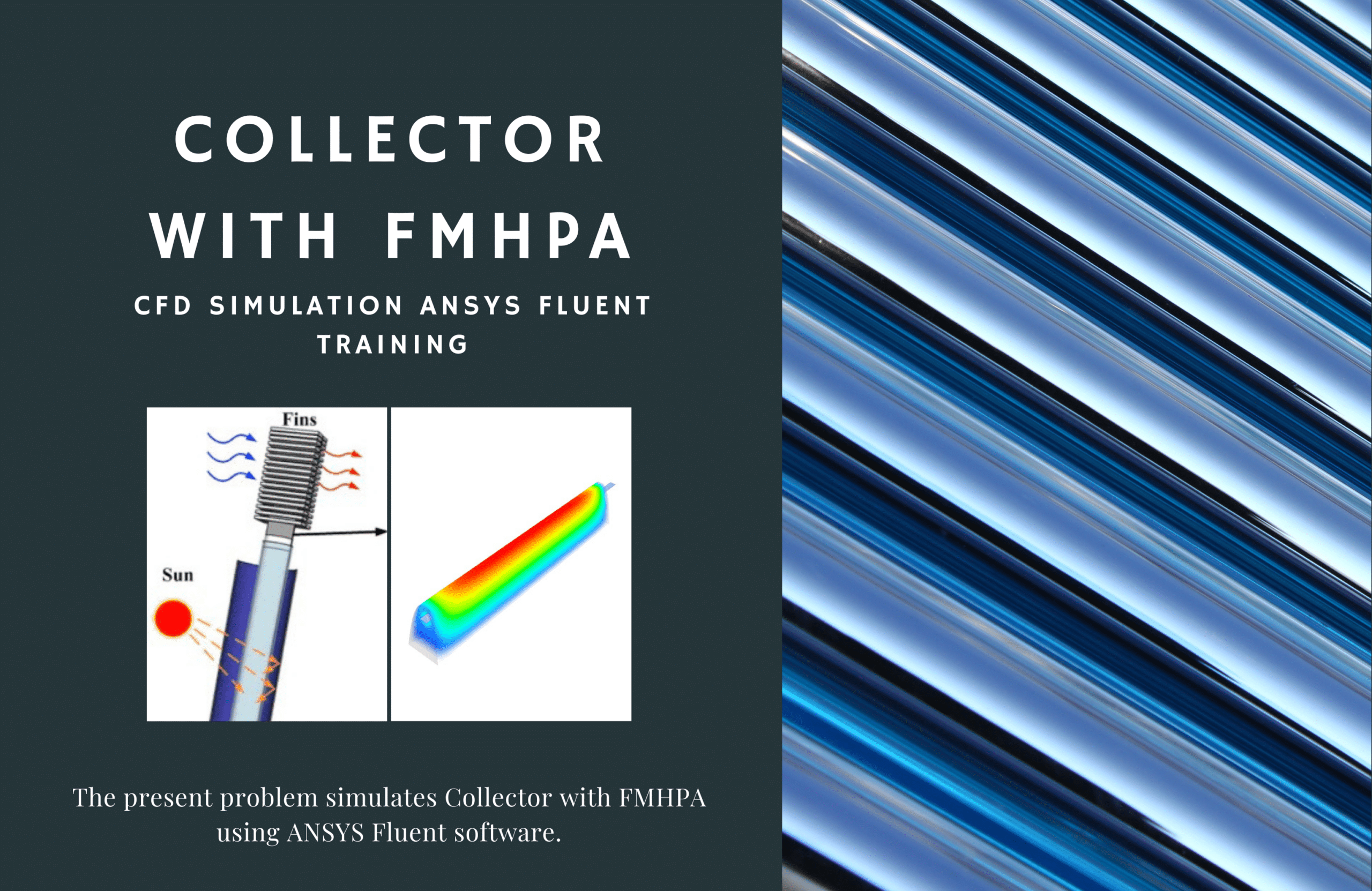
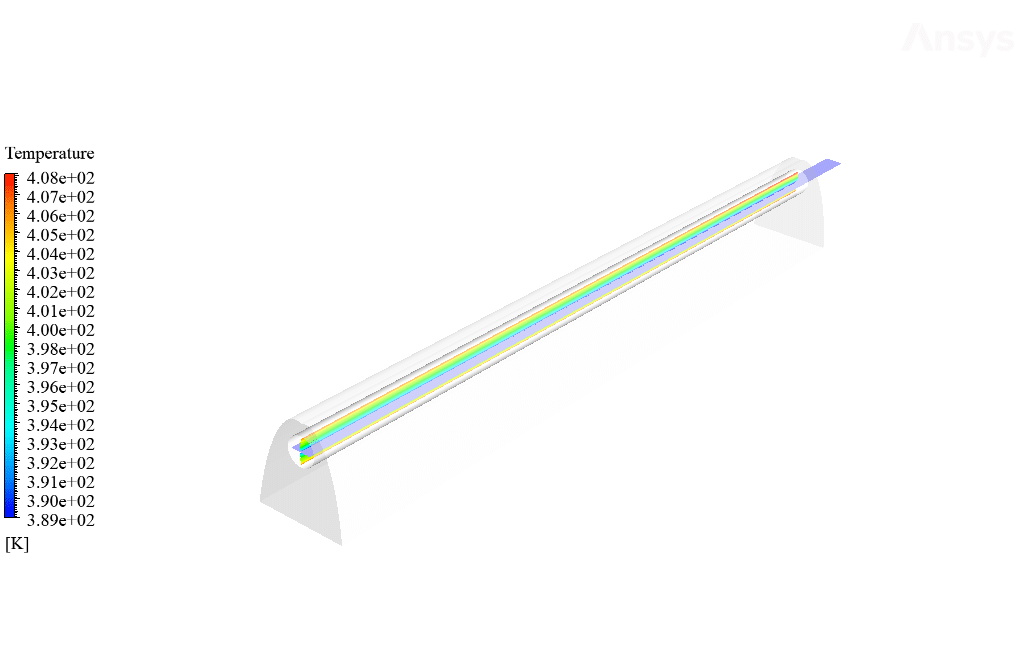
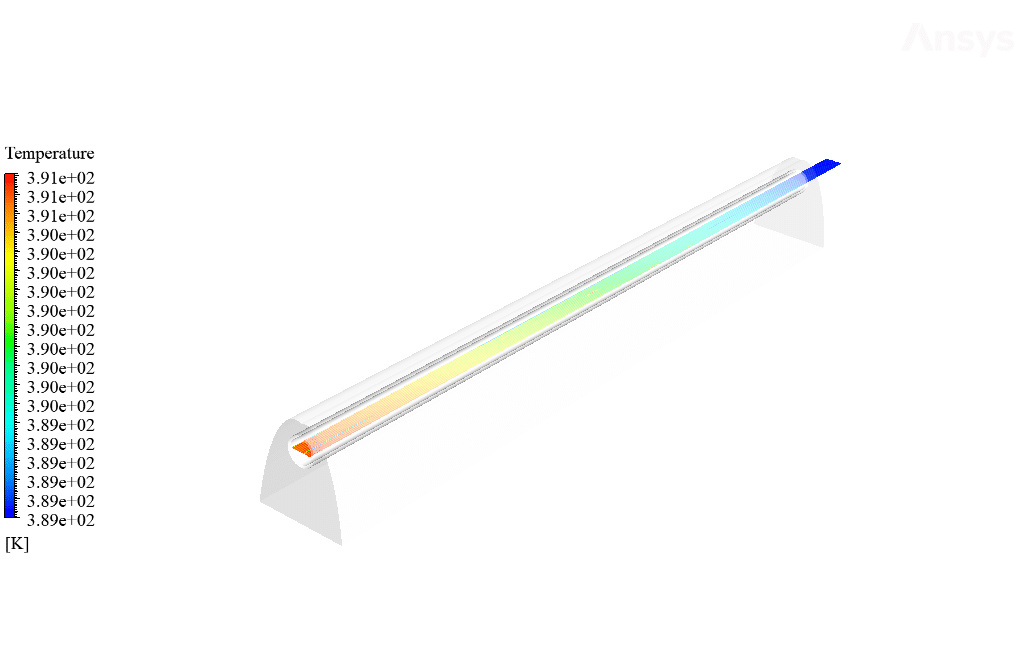
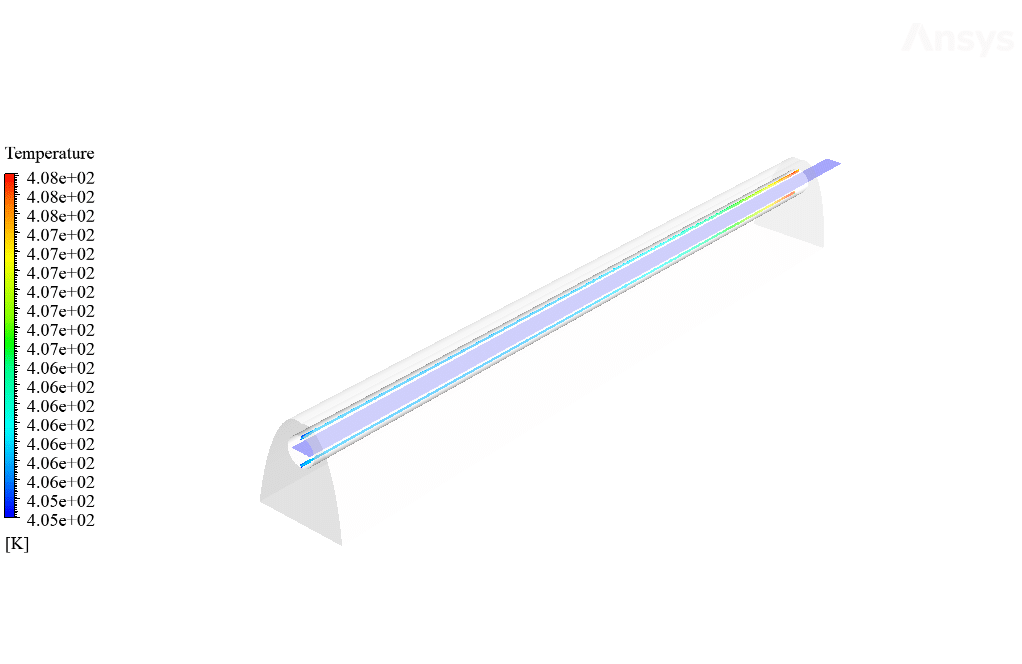
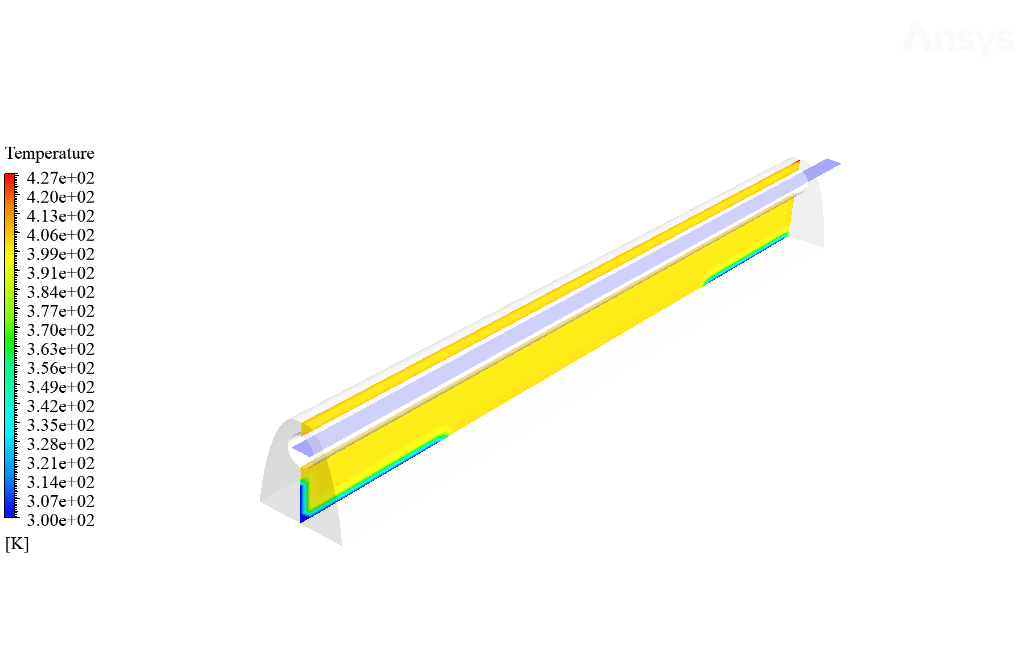
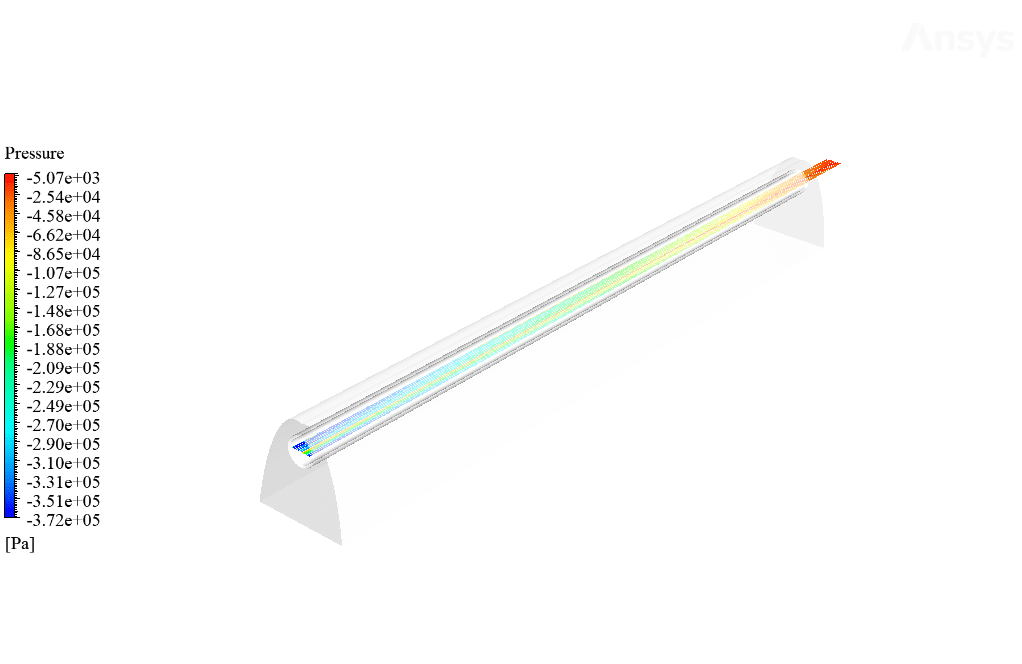
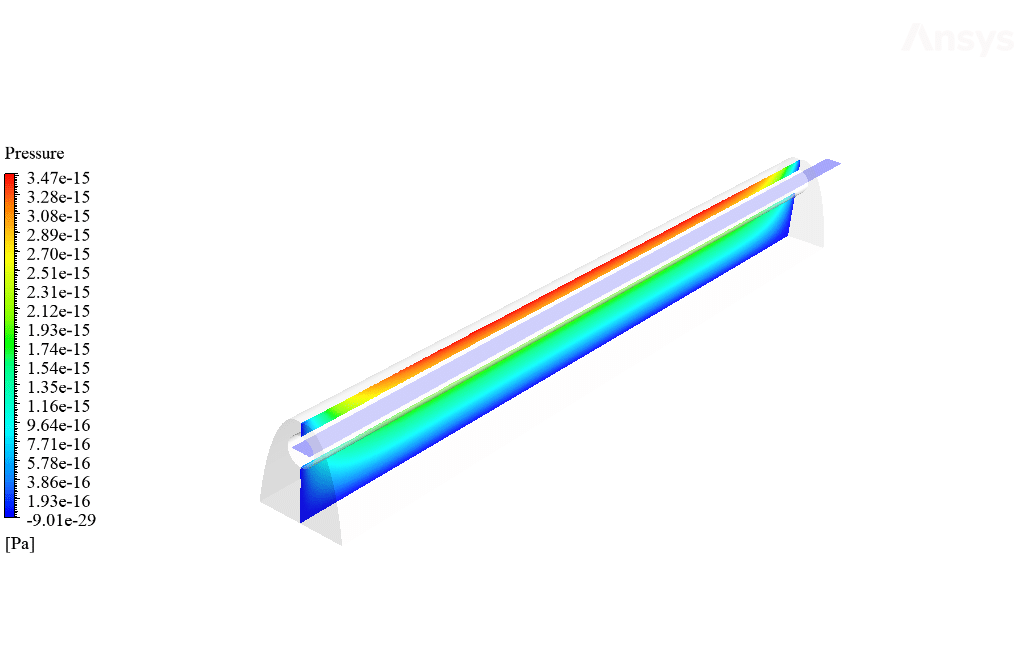
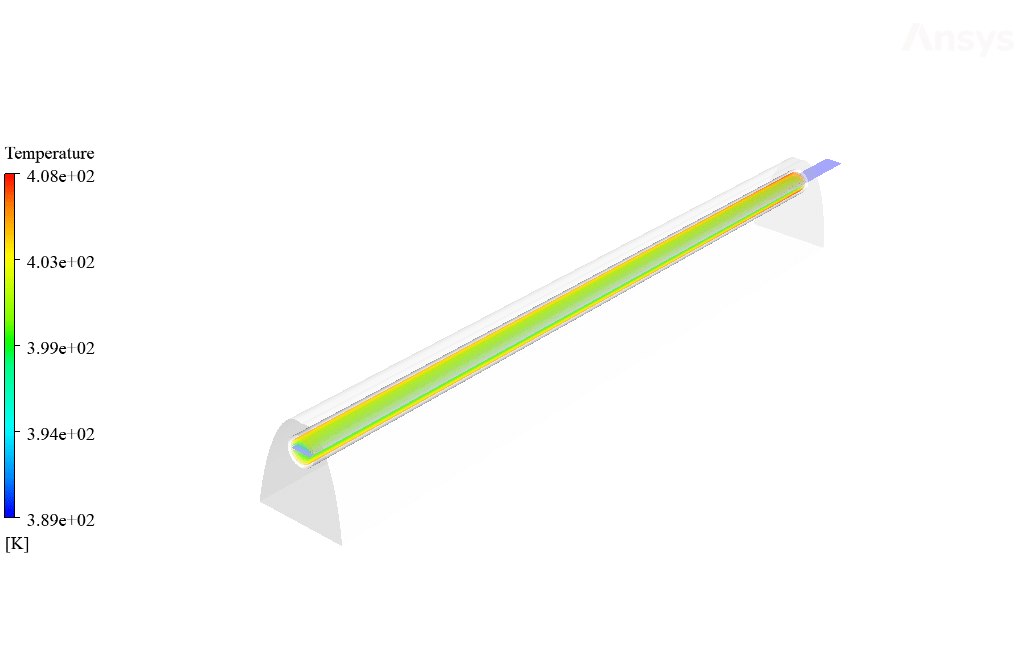
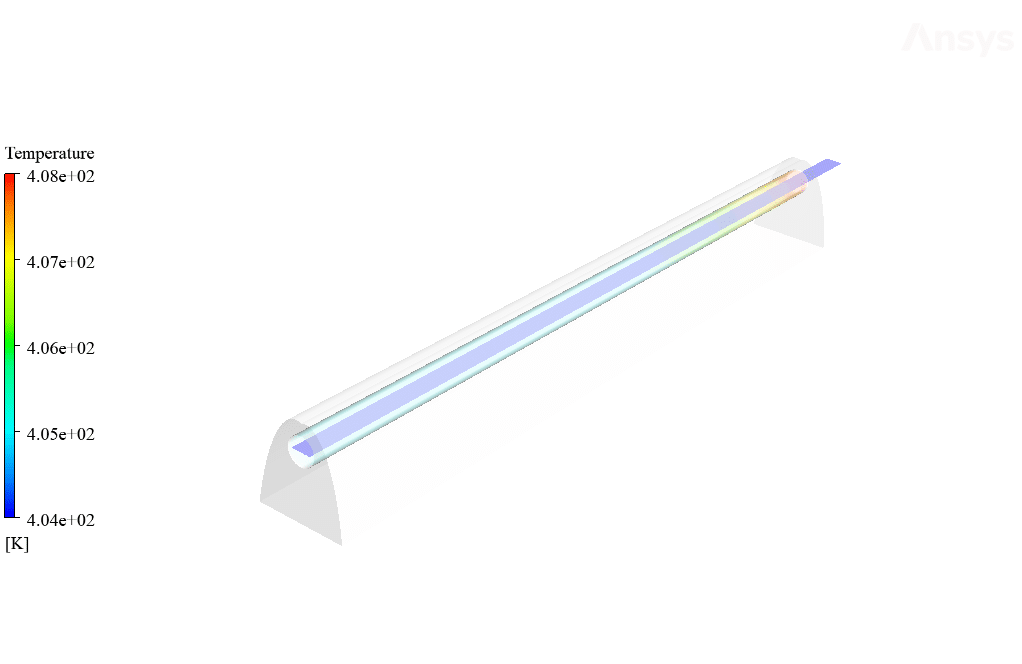
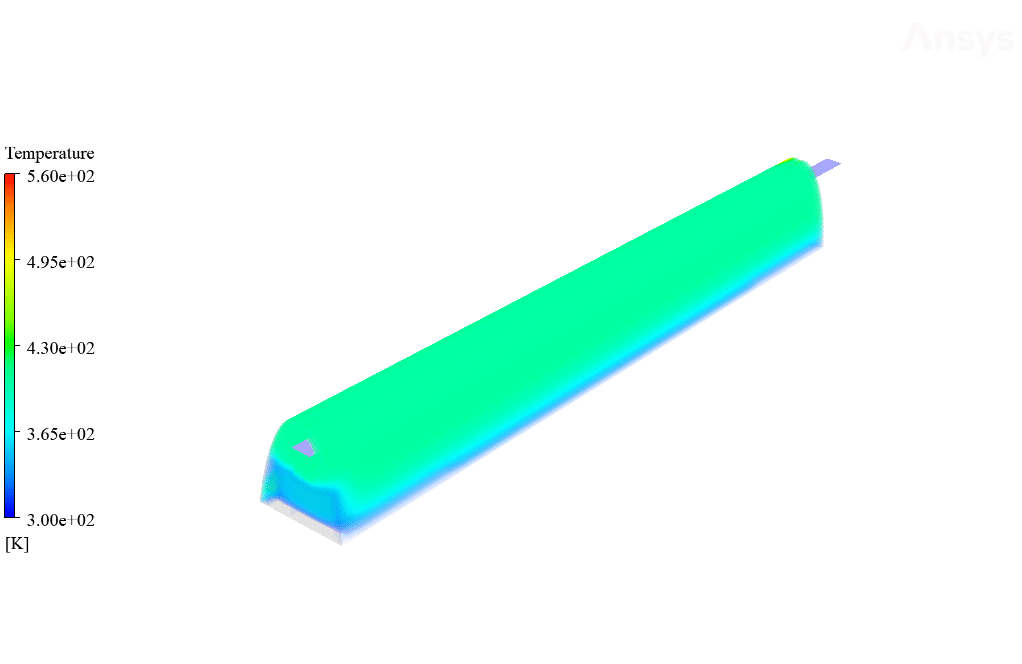
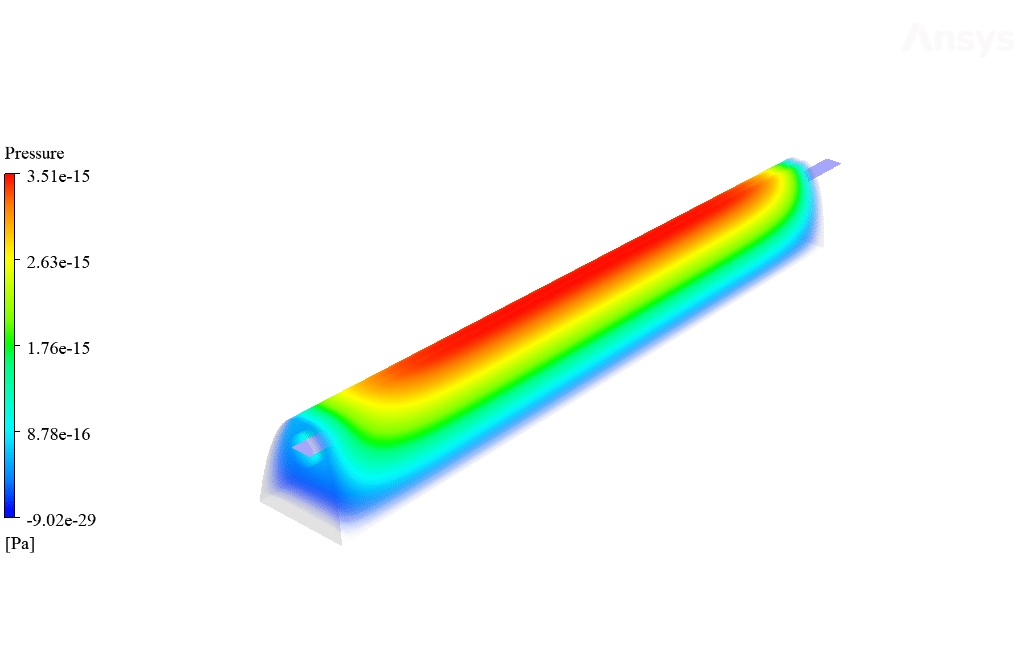
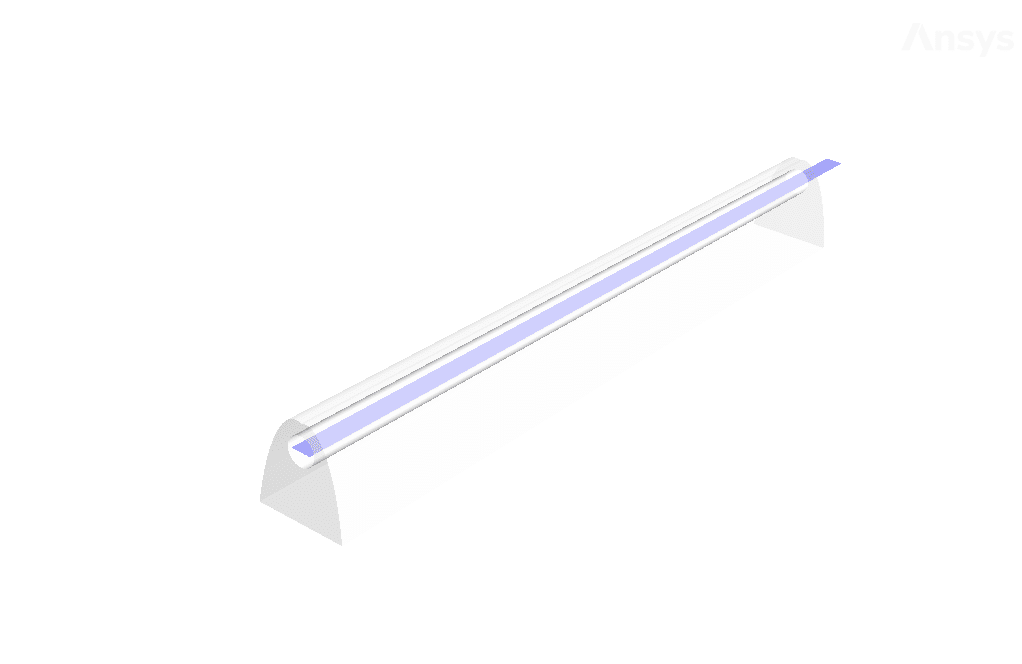
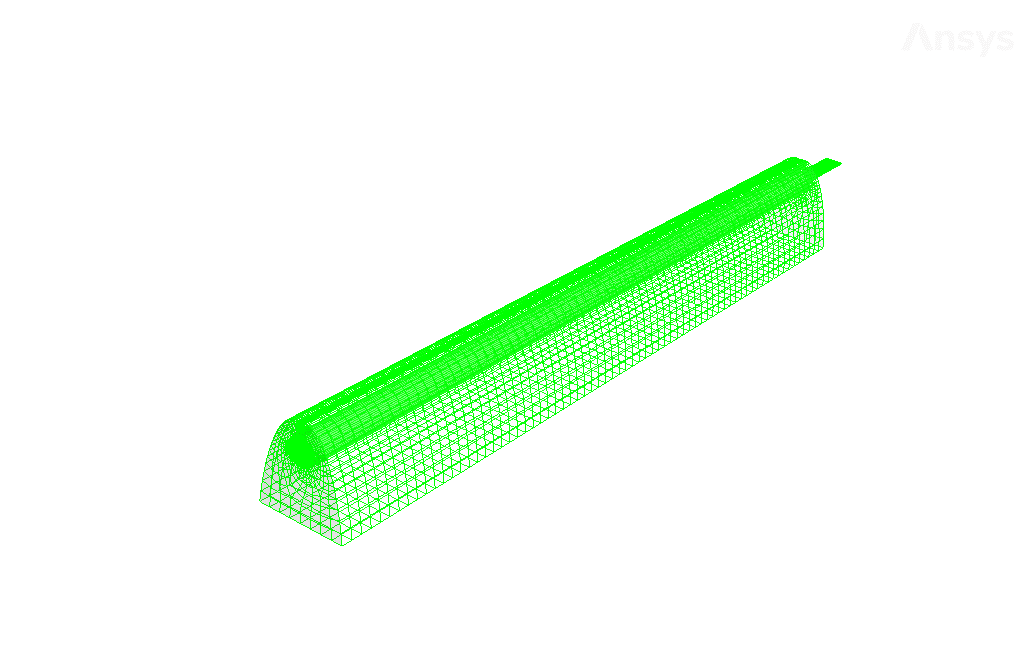
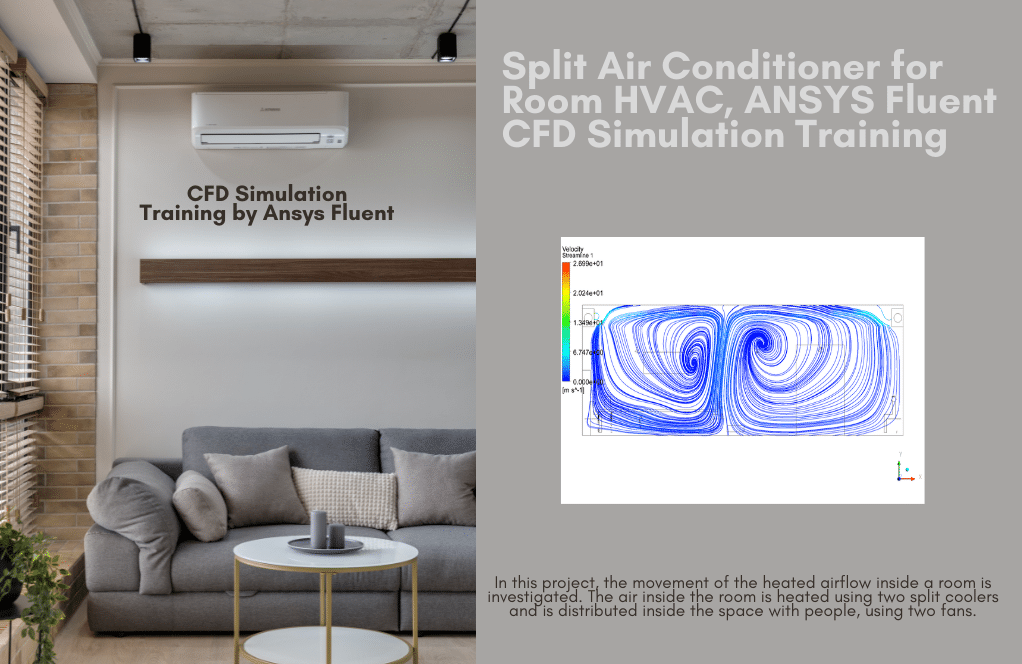
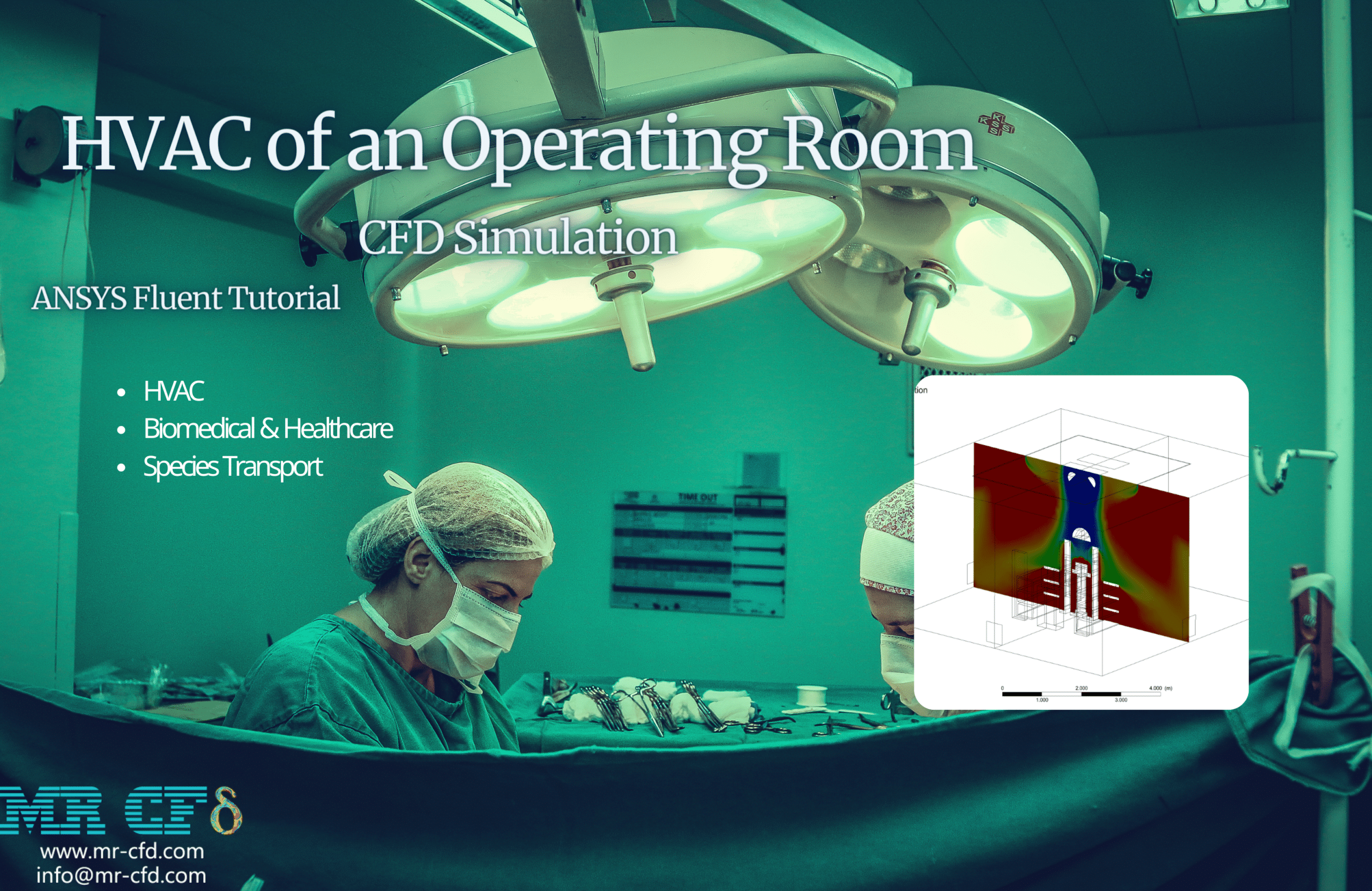


Ernestine Lindgren –
I’m really impressed by the simulation detail and the technology utilized. It’s incredible how the FMHPA effectively absorbs and transfers the solar heat. Well done on a thorough simulation!
MR CFD Support –
Thank you so much for your kind words! We’re thrilled to hear you’re impressed by the detail and sophistication of the simulation. Our team works hard to ensure our products are both comprehensive and effective, and it’s rewarding to know our efforts are appreciated. If you ever have any questions or need further information, please don’t hesitate to reach out!
Thora Toy –
The descriptions provided were insightful and thorough. I now have a clearer understanding of thermal heat transfer in a solar collector thanks to this CFD simulation training. The details about the different zones within the system and how they function were particularly enlightening.
MR CFD Support –
Thank you for the kind words! We’re elated to hear that the Solar Collector with FMHPA CFD Simulation Training clarified the thermal heat transfer concepts for you and helped enhance your understanding of the system’s functionality. If you have further interests or need assistance in your learning journey, feel free to reach out!
Rhea Crist MD –
The detailed analytical results on heat transfer are intriguing. I’m truly impressed by how thoroughly the course covers the interaction between the FMHPA and the solar radiation. Fantastic resource for understanding practical applications of CFD in solar energy!
MR CFD Support –
Thank you for your kind words! We’re thrilled to hear that our Solar Collector with FMHPA CFD Simulation Training was informative and helpful in understanding the practical CFD applications in solar energy systems. We appreciate your feedback!
Laron Bogisich –
This review really loved the detailed insights presented in the Solar Collector with FMHPA CFD Simulation Training. The intricate breakdown of different zones and the comprehensive setup are noteworthy. Thank you for exploring the functionality of FMHPAs within a solar collector so thoroughly!
MR CFD Support –
Thank you for your positive feedback. We’re thrilled to know that the detailed explanation of the solar collector simulation and the FMHPA functionality met your expectations. If you have any further questions or need more insights, don’t hesitate to ask.
Peggie Stroman –
I’ve learned a lot from the Solar Collector with FMHPA simulation training. The step by step process was comprehensive and illustrated the application of ANSYS Fluent effectively.
MR CFD Support –
Thank you for your review! We’re glad to hear that our training provided you with a thorough understanding of the Solar Collector with FMHPA simulation and that you found the step-by-step process valuable. Your feedback is appreciated, and we’re happy to have been able to assist in your learning journey.
Monserrat Schultz –
I’m delighted with the quality of data provided for the Solar Collector with FMHPA CFD Simulation. The details on the boundary conditions and the models used were particularly informative. Great job on showcasing how the solar radiation’s impact was simulated!
MR CFD Support –
Thank you for your positive feedback! We’re glad to hear that the detailed information on the Solar Collector with FMHPA CFD Simulation was helpful and informative. We strive to provide comprehensive learning materials and are delighted to know we’ve met your expectations.
Viviane Smitham –
The project results described the changes in temperature across the FMHPA in the evaporation and condensation zones. Could you explain a bit about how the collector’s performance affects the overall efficiency of the system?
MR CFD Support –
The collector’s performance is crucial for system efficiency. By effectively absorbing and transferring solar radiation into heat within the FMHPA, the system maximizes the heat energy that can be utilized. This is evidenced by the temperature rise in the working fluid—the higher the temperature increase, the more energy is captured and converted. Efficient heat transfer in the evaporation zone and proper condensation in the condensation zone ensure that the system operates optimally. If the collector is performing well, the system efficiency would typically be high due to maximal utilization of available solar energy.